Audio
 The complexity of having an accent
The complexity of having an accent
Published August 9, 2018

Listen to it below:
A Japanese immigrant has felt isolated from the surrounding community in Ohio and been afraid to speak to her neighbors. A Chinese immigrant raising an American-born kid worked hard to make sure his daughter grew up as a native English speaker, so she wouldn’t face the problems he did. A radio reporter from Hong Kong is a rare example of someone who made it into public radio without a standard American English accent.
What does it mean to “sound white” in America? In the world of public radio, as Code Switch reported in its Aug. 8 episode, this means a Midwestern accent. This way of speaking was proliferated by John Kenyon, a linguist in Cleveland who wrote books on pronunciation. Broadcast journalists started using his books, and that became the way people were taught to sound on air.
How we receive language is emotional, tied to cultural and ideological norms according to Amelia Tseng, a linguistics professor at American University. For example, social perceptions of immigrants could potentially influence the way someone hears an accent.
Linguistic stereotyping and accent discrimination is real and documented.
John Baugh, a black professor at Washington University in St. Louis conducted a study in 1999. He called hundreds of real estate agents and found that they were less likely to offer him properties in white or Hispanic neighbourhoods when he used his black voice as opposed to when he mimicked a more white sounding voice. He invented the term “linguistic profiling.”
A 2013 working paper from the University of Pennsylvania examined Standard American English accents, against Asian accented English and Brazilian Portuguese accents. It found that participants recorded generally negative evaluations of Asian accents.
When someone doesn’t have what many consider the default American accent, how does that affect their life on an individual level? In this podcast, we explore the experiences of three people and how their accents have shaped their lives.
Kayoko Hodges knew almost no English when she immigrated to rural Ohio five decades ago. Her conversations with her neighbors were plagued by misunderstandings and requests for her to repeat herself over and over.
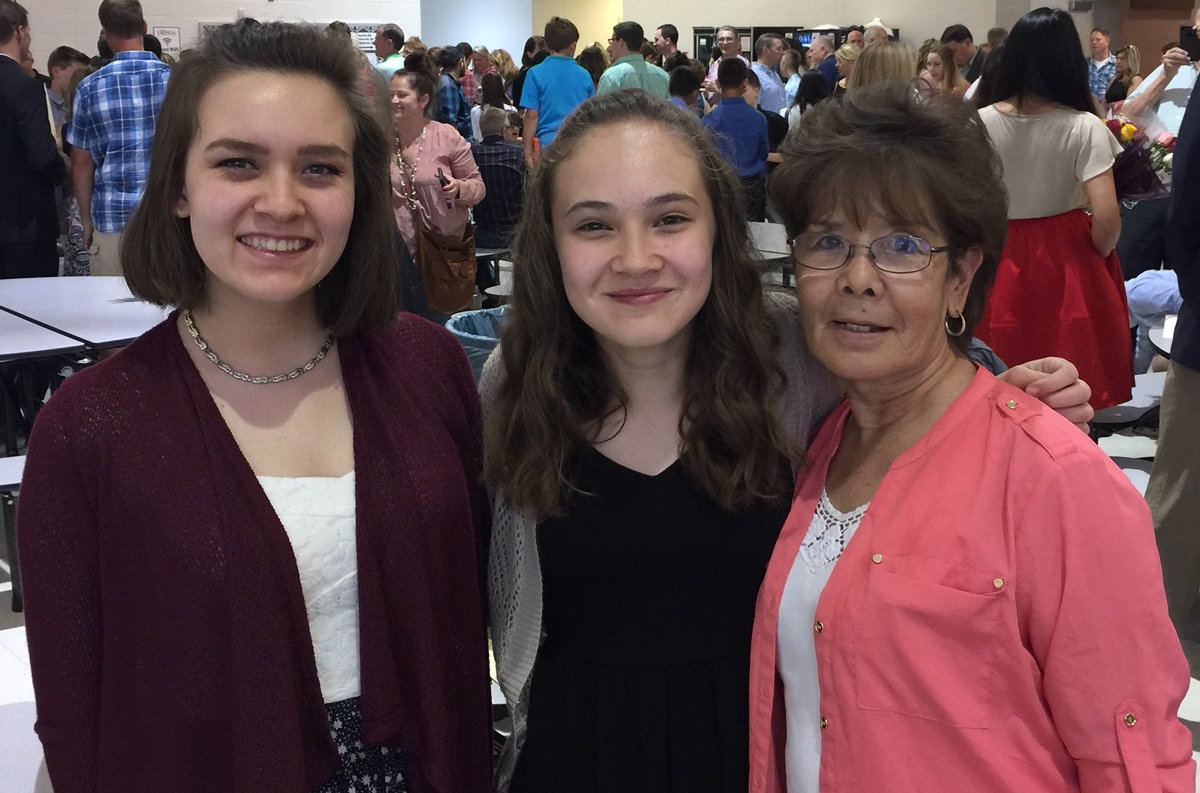
Kayoko Hodges (right) with two of her grandchildren. Photo courtesy of Lexy Harrison.
Some places was mean. They’d make face and stuff like that, and then not be helpful. Two, three times I’m asking for something and then they don’t understand, about two, three times I’m repeating and then they walk away.
— Kayoko Hodges
When Katy Jiang’s dad, Mingtao Jiang moved to the U.S. from China 30 years ago, they made a decision many other immigrant families make: To mainly speak English at home. Mingtao Jiang wants to make Katy Jiang’s life comfortable. Being a Chinese kid in the US is hard enough.
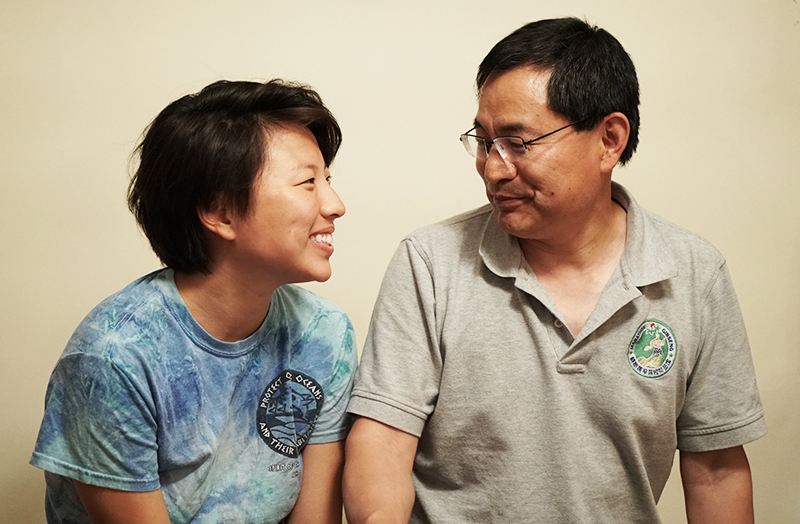
Katy Jiang (left) and Mingtao Jiang (right). Photo by Violet Jinqi Wang.
Your lunch is different. Your friends, they all have sandwiches. You take out what? Rice, Baozi, Jiaozi. Sometimes you don’t smell good. So things like this we try to make them feel comfortable.
— Mingtao Jiang
The sound of American public radio is notoriously homogenous white. It’s rare that people who don’t speak with a standard American English accent make it on the airwaves. Alan Yu, who grew up in Hong Kong, and talks with a slight British accent, doesn’t speak with a standard American English accent. He says this is why he hasn’t experienced barriers that others trying to enter broadcast journalism might.

Alan Yu gathers tape on a farm. Photo by Dani Fresh.
We clearly see whiteness has become the default as to what you think a broadcast voice sounds like.
— Alan Yu
University of California, Berkeley
Minerva Schools at KGI
University of Wisconsin
Audio




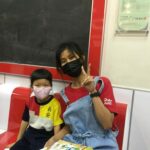
Houston 2018
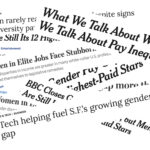




Apply
Become a fellow or editor
Donate
Support our impact
Partner
Work with us as a brand
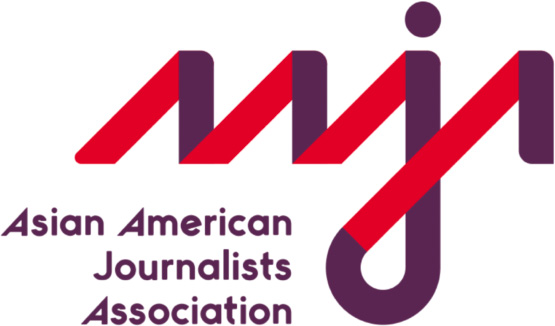
The Asian American Journalists Association (AAJA) is a membership nonprofit advancing diversity in newsrooms and ensuring fair and accurate coverage of communities of color. AAJA has more than 1,500 members across the United States and Asia.